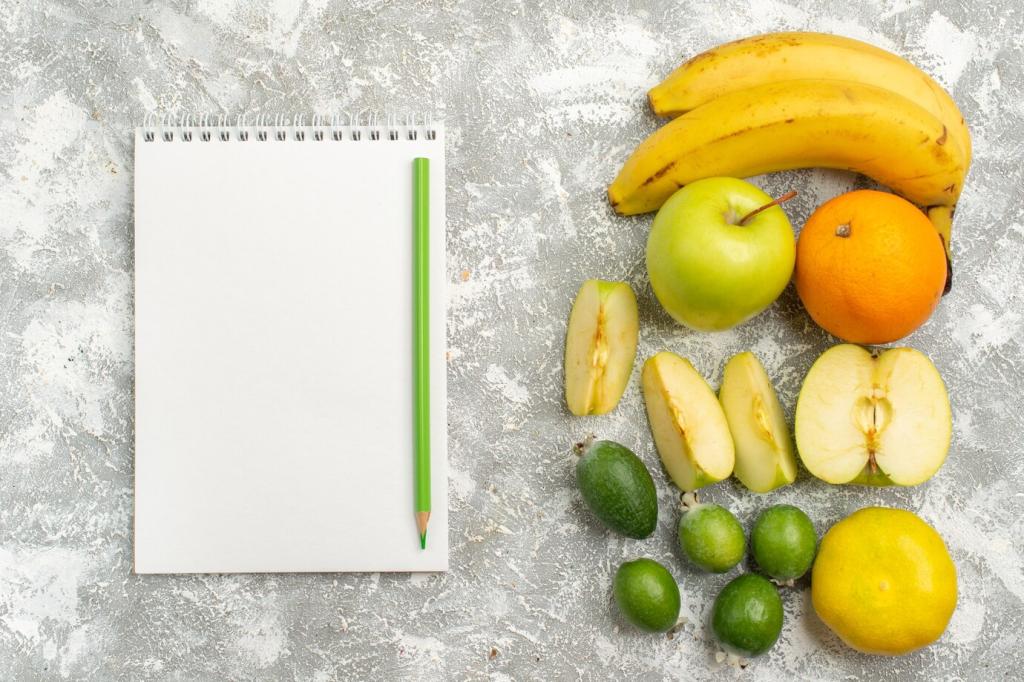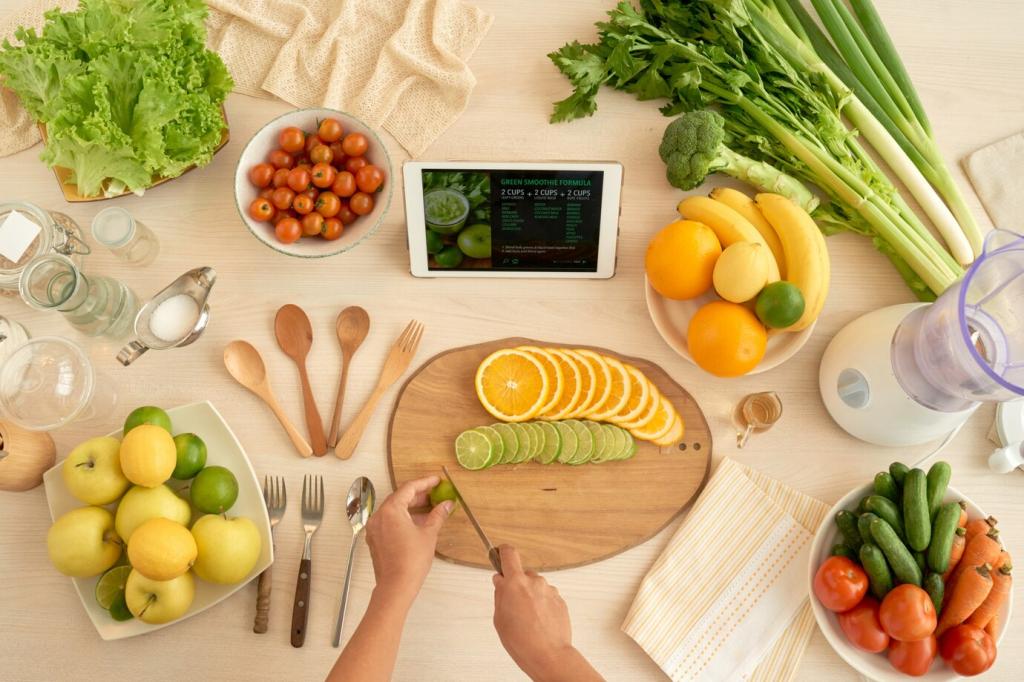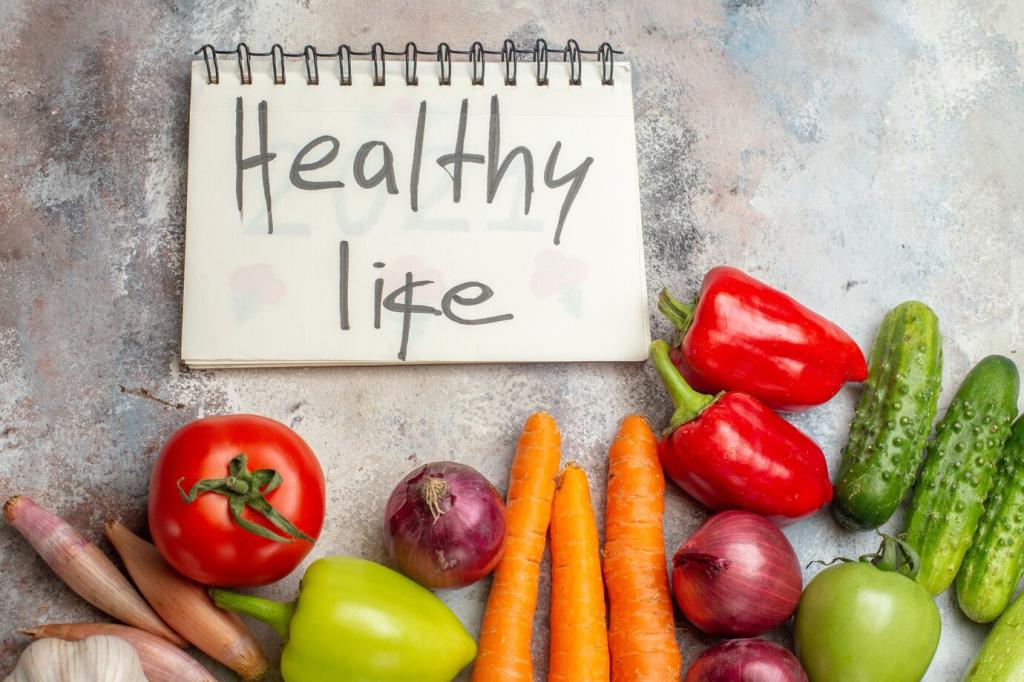Chosen theme: Gluten-Free Meal Plans for Fitness Enthusiasts. Welcome to a space where strong training meets calm digestion. We’ll turn smart, gluten-free meals into steady energy, faster recovery, and fewer gut distractions—so you can focus on progress. Subscribe for weekly plans, tips, and real-athlete stories tailored to your goals.

Why Gluten-Free Fuel Works for Active Bodies
For athletes with celiac disease or non-celiac sensitivity, gluten can trigger bloating, cramps, or brain fog that derails workouts. Choosing gluten-free staples reduces digestive turbulence, supports nutrient absorption, and creates more predictable energy—so intervals feel crisp, long runs settle in, and you finish sessions with confidence rather than discomfort.
Why Gluten-Free Fuel Works for Active Bodies
Rice, potatoes, quinoa, buckwheat, millet, and certified gluten-free oats deliver fast or slow-release carbohydrates without wheat. Use carb periodization—more on hard days, slightly less on easy days—to match training load. Share your go-to gluten-free carbs in the comments and inspire other athletes building their first performance-focused plan.
Designing a Week That Matches Your Training
Aim for 1.6–2.2 g protein per kilogram of body weight, spread across meals. Bump carbs on high-intensity days, leaning on gluten-free grains and fruit; dial fat slightly lower pre-workout. On rest days, keep protein steady, reduce carbs modestly, and prioritize colorful produce to aid recovery and micronutrient density.

Designing a Week That Matches Your Training
Build your cart around lean proteins, eggs, dairy or dairy alternatives, sweet potatoes, rice, quinoa, corn tortillas, legumes (if tolerated), nuts, seeds, and plenty of vegetables. Check labels for hidden gluten, especially in sauces, broths, and spice blends. Subscribe to receive a printable gluten-free athlete checklist you can take to the store.
Training-Day Plates: Before, During, After
Eat 60–90 minutes before: rice cakes with honey and a little peanut butter, a banana, or certified gluten-free oats with maple syrup. Keep fiber and fat moderate to reduce sloshing. If mornings are tight, a smoothie with banana, lactose-free yogurt, and rice cereal blitzed in can be a reliable, quick option.
Training-Day Plates: Before, During, After
For sessions over 75 minutes, target 30–60 grams of carbs per hour from gluten-free gels, chews, or homemade rice squares. Confirm certifications when in doubt, and rotate flavors during long efforts. Pair with electrolytes to support fluid balance, especially in heat. Test everything in training, never first on race day.
Plug-and-Play Meals You’ll Actually Crave
Try egg-and-spinach muffin cups with feta; certified gluten-free overnight oats with chia, berries, and almond butter; or a banana–spinach smoothie with whey and rice flakes. These options balance protein and carbs for strong morning training while keeping fiber moderate to preserve digestive comfort before your first session.

Smart Snacking and Travel Strategies
Pack nuts, gluten-free jerky, rice cakes with single-serve nut butter, fruit, string cheese, and roasted chickpeas. Some bars are certified gluten-free; others aren’t, so check labels closely. Snacks bridge energy gaps on two-a-day training schedules and keep you from scrambling for risky options when hunger hits hard.
Audit your current meals, swap obvious gluten sources for simple alternatives, and track hunger, energy, and gut comfort. Keep recipes basic and repeatable. Note how pre-workout choices affect pacing and perceived exertion. Comment with your biggest sticking point so we can troubleshoot together next week.

